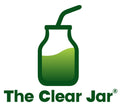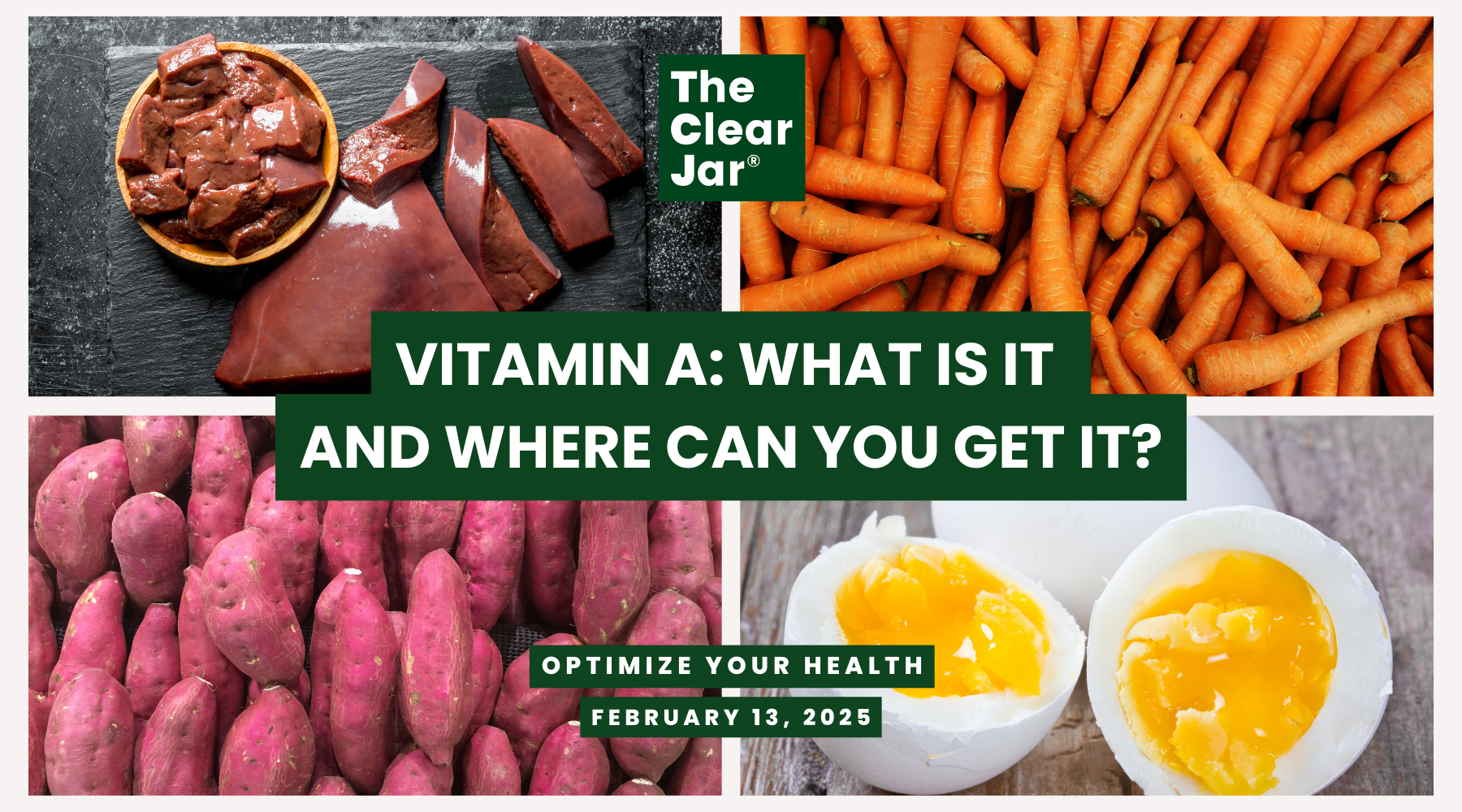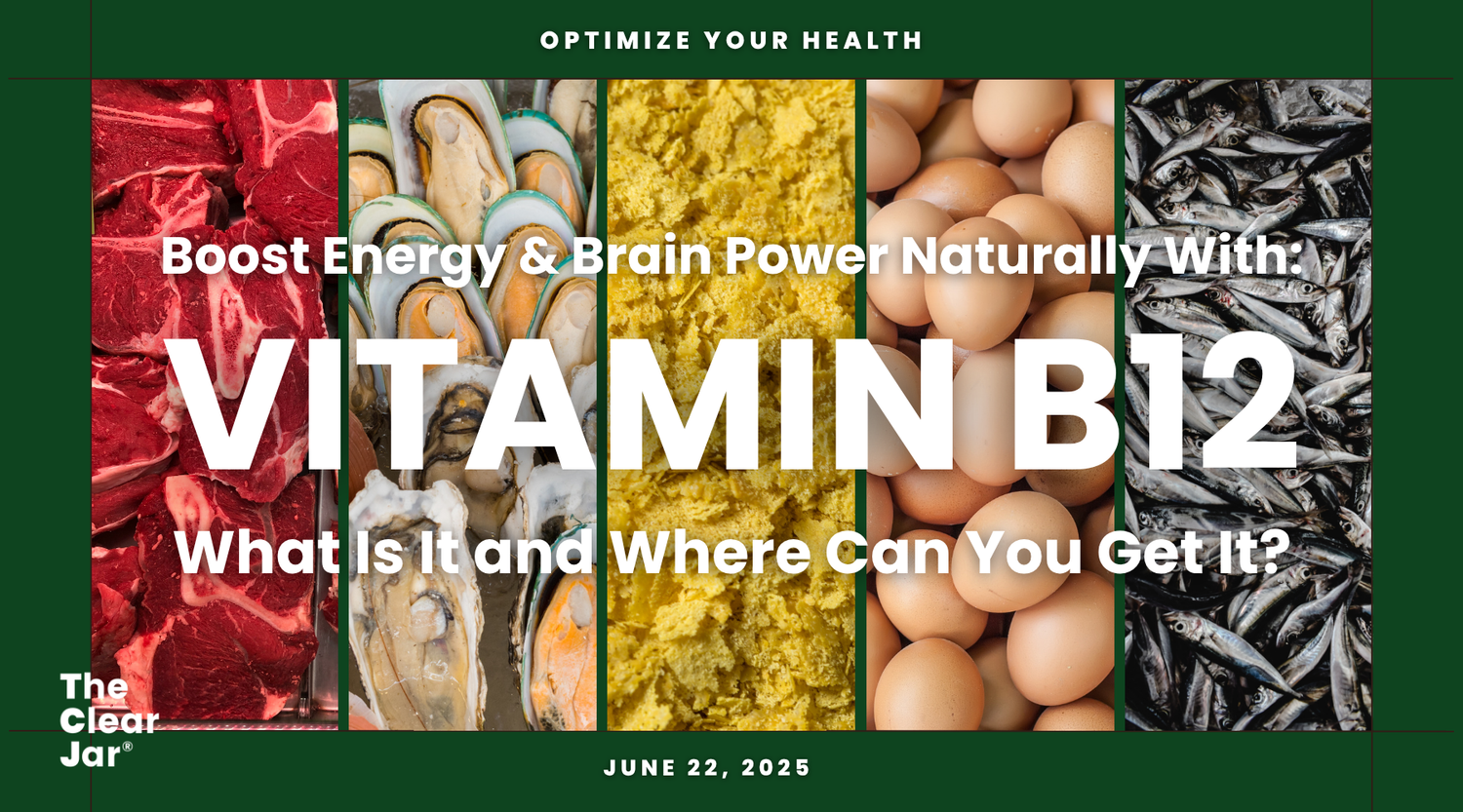Vitamin A, also known as retinol, has several important functions in the human body, including within immunity, cellular communication, growth and development. Keep reading to discover why it’s so important and where you can get it.
Content Outline
- What is Vitamin A?
- What is the function of vitamin A in the human body?
- Vitamin A forms: Which is the active form?
- Vitamin A-rich foods
- Vitamin A recipe: Roasted sweet potato and spinach salad
- Vitamin A supplements
- Why buy food-borne vitamins?
What is Vitamin A?
Vitamin A is a fat-soluble vitamin that is really a group of compounds, including retinol, retinal, and retinyl esters. It is an essential micronutrient because the human body cannot make it, so you must get it from your diet[i].
Vitamin A exists in 2 main forms:
- preformed vitamin A – found in animal products
- provitamin A carotenoids – found in plant-based foods
Preformed vitamin A includes compounds like retinol and retinyl esters. Carotenoids such as beta-carotene, a pigment found in many plant foods that gives them their distinctive orange colour (think carrots), are found in plant foods. To use either form of vitamin A, your body needs to convert it into retinal and retinoic acid.
Because vitamin A is fat-soluble, it can be stored for later use if you eat more than you need. Your liver is the main place where vitamin A is stored[ii]. It’s usually stored as retinyl esters[iii].
What is the function of vitamin A in the human body?
Vitamin A has several important functions in the body, but it is perhaps most known for its role in eye health and supporting vision.
For your retina to work and for you to see properly by processing the full light spectrum, your eyes must produce certain pigments using vitamin A. If you are deficient in vitamin A, your retina may not be able to produce these pigments and it can cause night blindness[iv].
This essential micronutrient also keeps the cornea well-lubricated and prevents dryness. Without vitamin A the cornea could become damaged and in the most severe cases could even contribute to vision loss[v].
However, vitamin A has several other functions in the human body. For example, it also has roles in:
- Immunity - Vitamin A supports the production and activity of white blood cells, the major cells in your immune system that help fight infections. It also supports the development and function of mucosal surfaces and maintains the integrity of epithelial barriers that are usually the first line of defence against infections[vi].
- Skin health – Through its role in cellular growth, vitamin A promotes healthy skin, supporting cell differentiation, and playing an important role in wound healing[vii].
- Reproductive health – Vitamin A is essential for reproductive health in men and women. It supports the maintenance of the male genital tract and sperm production[viii].
- Antioxidant benefits – Vitamin A has antioxidant properties that protect your cells from free radicals known to contribute to disease development, including cancer.
Vitamin A forms: Which is the active form?
Preformed vitamin A and provitamin A are converted into retinol, which is then oxidized into retinal and retinoic acid, the two main active vitamin A metabolites in the human body. Most of the stored vitamin A in the liver is stored in the form of retinyl esters.
Vitamin A-rich foods
Vitamin A can be found in many animal and plant-based foods:
|
Animal sources |
Plant sources |
|
|
Preformed vitamin A, the type found in animal sources, is more easily absorbed and used by your body than plant-based sources. Your ability to break down carotenoids or plant-based sources of vitamin A depends on several factors, including:
- genetics
- diet
- general health and wellbeing
- medications[ix]
However, you can meet the recommended daily intake of vitamin A (700 micrograms for men and 600 mcg for women)[x] by eating a wide variety foods, both from plant and animal origin.
Vitamin A recipe: Roasted sweet potato and spinach salad
You can easily boost your vitamin A intake with nutritious plant-based sources. This roasted sweet potato and spinach salad is not only a vibrant and flavourful lunch or dinner recipe, but it’s also packed with vitamin A-rich ingredients.
Sweet potatoes get their distinctive orange flavour from the naturally present beta-carotene, while spinach backs up this delicious duo with added vitamin A and fiber, iron, and antioxidants. The addition of olive oil which is brimming with healthy fats enhances the absorption of beta-carotene once inside the body[xi].
Ingredients:
- 2 medium sweet potatoes, peeled and cut into cubes
- 2 cups of fresh spinach
- ¼ cup of crumbled feta cheese (or Vegan equivalent)
- ¼ cup of chopped walnuts
- 1 tbsp freshly squeezed lemon juice
- A pinch of salt and pepper to taste
Methods:
- Preheat your oven to 200°C (400°F).
- Toss the sweet potato cubes with 1 tbsp olive oil, salt, and pepper.
- Roast for 20-25 minutes until tender and slightly caramelized.
- In a large bowl, combine roasted sweet potatoes, spinach, feta, and walnuts.
- Drizzle with the remaining olive oil and lemon juice.
- Toss gently and serve warm.
Vitamin A supplements
More than 2 billion people across the world are deficient in key vitamins and minerals, including vitamin A[xii], so supplements are a vital tool.
While most people can meet their vitamin A needs through their diet, supplements can be beneficial, especially in some situations, including:
- Vitamin A deficiency – it is estimated that 29% of the global population is vitamin A deficient because of malnutrition, poor diet or chronic illness[xiii].
- Malabsorption disorders – conditions like small intestinal bacterial overgrowth (SIBO), an inability to absorb fat, and pancreatitis can all prevent vitamin A from being absorbed properly by the body[xiv].
Several forms of vitamin A supplements exist, such as:
- Retinyl palmitate and retinyl acetate – these are types of preformed vitamin A, but these can build up in the body and cause toxicity.
- Beta-carotene - beta-carotene is naturally found in plant-based food sources and its absorption by the human body ranges from 5 to 65%. However, research shows that beta-carotene significantly increases vitamin A status in women and children in community settings of developing countries[xv].
- Multivitamins – various multivitamins also contain vitamin A alongside other essential nutrients, however, they usually contain much smaller amounts.
Which type of vitamin A supplement is best?
Beta-carotene-based supplements are generally considered a safe source of vitamin A, especially as they are derived from natural plant foods. Unlike preformed vitamin A sources, beta-carotene isn’t toxic, even when consumed in high doses. The human body can form vitamin A from beta-carotene as and when it is needed, so there is also no need to monitor your levels.
Therefore, it is preferable to choose a vitamin A supplement or multivitamin that gets most of its vitamin A in beta-carotene form[xvi]. However, smokers should avoid beta-carotene as it increases the risk of lung cancer in this group[xvii].
Why buy food-borne vitamins?
Vitamin A is an essential micronutrient that plays many diverse roles in the human body, from supporting vision to maintaining immune health. However, it is important to incorporate a variety of vitamin A-rich foods into your diet alongside mindful supplementation to ensure your body gets the vitamin A benefits it needs.
Supplementing with food-borne vitamin A such as those from The Clear Jar provides several advantages, including:
- improved bioavailability, absorption, and synergy
- reduced risk of toxicity
- 100% food-based
- no added fillers
- cost-effective
Check out our shop to explore the range.
Written by: Leanne Edermaniger, MSc








